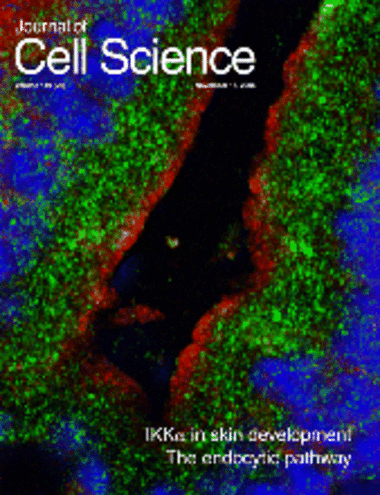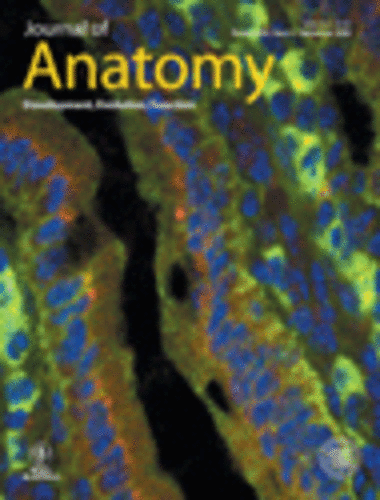Projects
Biogenesis of lipid droplets
Lipid droplets emerge as dynamic intracellular organelles highly relevant for lipid homeostasis and the pathophysiology of metabolic diseases, but are not well studied. They consist of a hydrophobic core containing neutral lipids, which is surrounded by a phospholipid monolayer with embedded specific structural proteins and enzymes. It is not known how proteins, phospholipids and neutral lipids are transported to growing lipid droplets. The biogenesis of lipid droplets is dependent on lipid synthesis which in turn requires enzymes of the acyl-CoA synthetase family. Only one of these enzymes is physiologically localized on the surface of lipid droplets: ACSL3.
A neuronal splicing variant of ACSL4 is also found on lipid droplets when expressed heterogeneously. This is still enigmatic because neurons are generally assumed to be devoid of lipid droplets. The neuron-specific ACSL4 isoform is especially efficient in channeling fatty acids towards phosphatidylinositol.
ACSL4 and phosphatidylinositol: Küch et al., 2014
ACSL3 on lipid droplets: Poppelreuther et al., 2012
Lipid droplet review: Digel et al., 2010
Hormonal regulation of fatty acid uptake
Insulin does not only regulate glucose homeostasis and lipolysis of adipocytes, but also stimulates cellular fatty acid uptake. This has been ascribed to the insulin mediated translocation of fatty acid transporters to the plasma membrane. However we found that FATP4 is localized to the endoplasmic reticulum, regardless of the presence of insulin. Looking for an alternative explanation, we discovered that insulin increases the enzyme activity of FATP4. We propose that the increased enzyme activity of FATP4 leads to the intracellular metabolic trapping of fatty acids.
Insulin regulation of acyl-Co synthetase activity: Digel et al., 2011
Fatty acid uptake: Metabolic trapping by intracellular enzymes

Cellular uptake of lipids is of high medical relevance in the treatment of obesity, diabetes and atherosclerosis. Fatty acid transport proteins (FATPs) have been suggested to mediate the uptake of fatty acids across the plasma membrane of cells and this view has been adopted -unfortunately- by the majority of current textbooks.
Fatty acid transport protein 4 (FATP4) is expressed by the absorptive enterocytes of the intestine. We could recently show that FATP4 is a resident protein of the endoplasmic reticulum, ruling out a direct contribution to the uptake of fatty acids across the plasma membrane. The enzymatic activity of FATP4, enabling the esterification of long chain fatty acids to acyl-CoA, is the cause behind the correlation of FATP4 expression levels and the extent of fatty acid uptake (Milger et al., 2006). We think it very likely that our findings will also apply to the other FATP family proteins. We predict that the localization of FATP4 to the endoplasmic reticulum determines the preferential utilization of the generated acyl-CoAs towards triglyceride and phospholipid biosynthesis as opposed to mitochondrial ß-oxidation (Digel et al., 2008).
Metabolic channeling: Digel et al., 2008
Localization of FATP4: Milger et al., 2006
Press release: Textbook model challenged by Heidelberg scientists (in German)
Copper homeostasis: Trafficking of the Wilson Disease Protein

Wilson's disease is characterized by the accumulation of copper in the liver, caused by a deficient biliary excretion. The genetic cause behind this disease is the functionally impaired ATPase ATP7B.
The subcellular localization of this membrane transporter is dependent on the intracellular copper concentration, reaching from the Golgi apparatus to yet unidentified vesicular structures close to the plasma membrane of hepatocytes. This trafficking step is essential for the excretion of copper across the canalicular membrane into the bile system. Our focus is the molecular mechanism of this copper dependent movement of ATP7B. Another protein identified as the genetic cause of canine copper toxicosis is Murr1 which we compared to the Wilson disease protein recently (Weiss et al., 2008b).
Intestinal ATP7B: Weiss et al., 2008a
Trafficking of ATP7B: Weiss et al., 2008b




